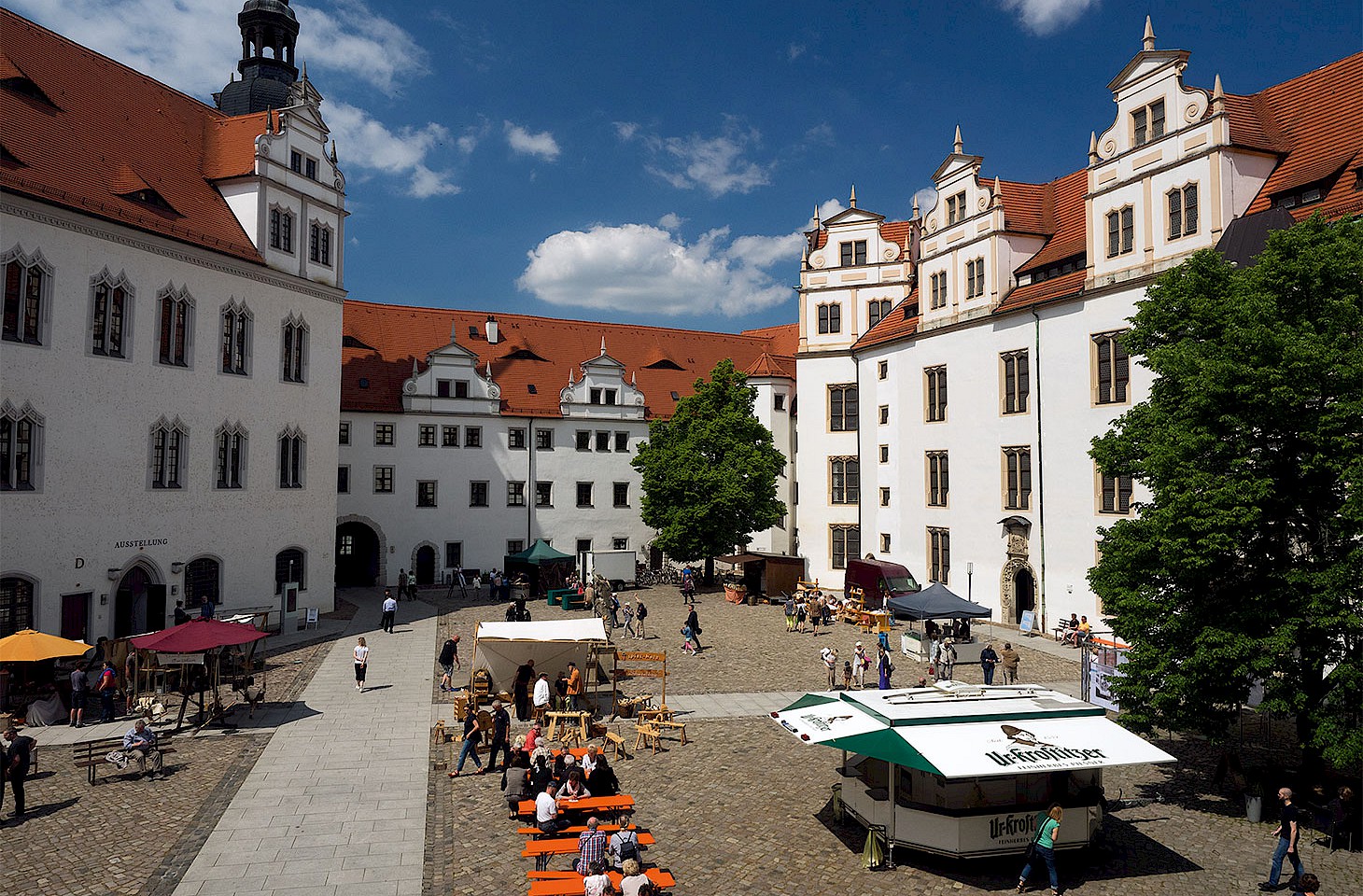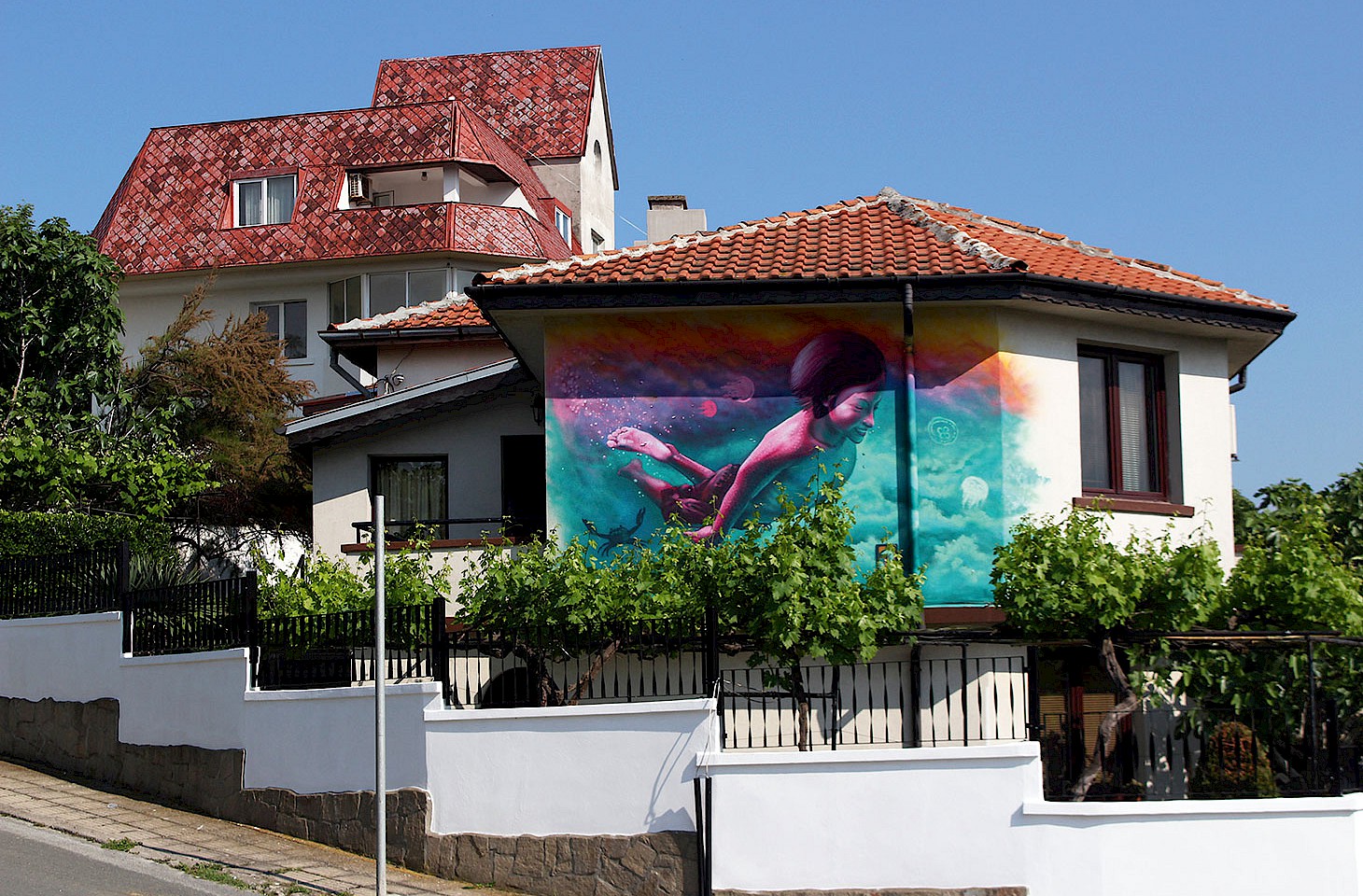The mortar and pestle take pride of place in the hidden europe kitchen. No other instrument in our culinary armamentarium carries such weight, is so laden with potential or just feels as lovely as a heavy mortar and pestle shaped from high quality basalt. We are not alone in having an eye for a good mortar and pestle. Frederick the Great, despotic ruler though he may have been, had his own mortar and pestle. Naturally it was embellished with the imperial monogram.
Mortars (and pestles too of course) figure frequently in literature. The Book of Numbers has a nice piece about ground coriander while the Book of Proverbs advises that kitchen instruments have no place in character-building. “Pound the fool in a mortar as you may, you will not separate him from his folly,” reads the verse.




